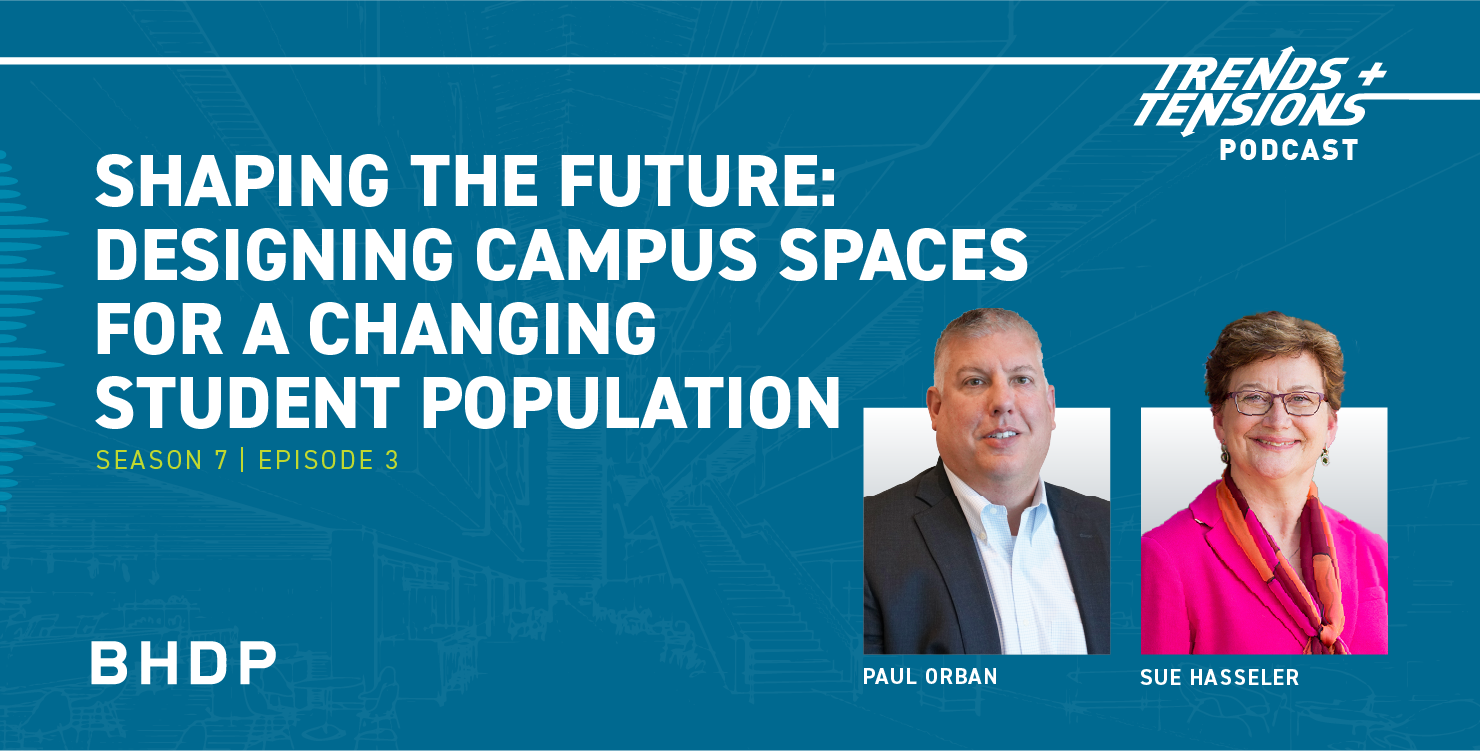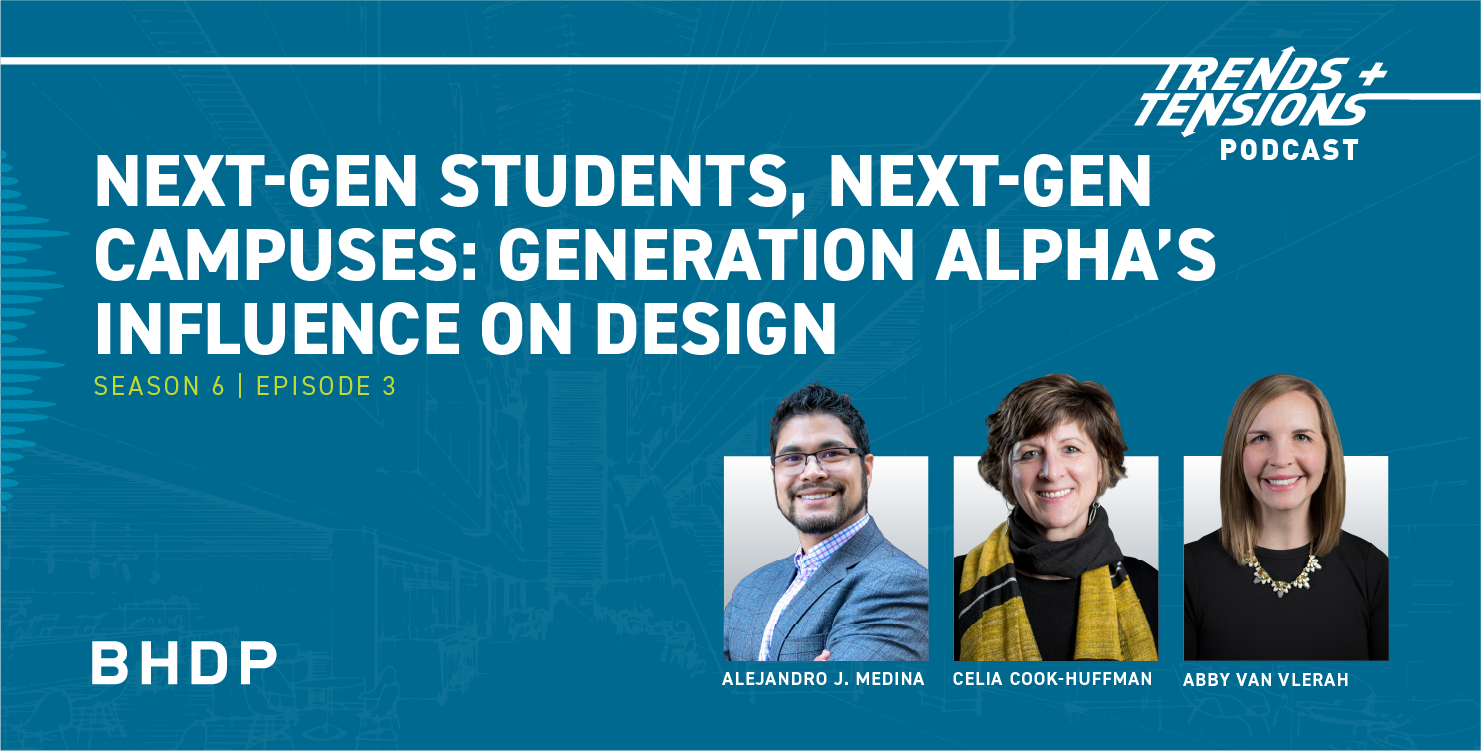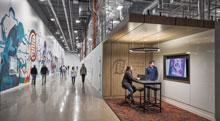
Design Thinking and the Innovative Workplace

Photo by rawpixel on Unsplash
Leading organizations recognize maintaining the status-quo is a failed strategy in today’s rapidly expanding and shifting business climate. As a result, they have come to realize the best and only option is to innovate if they plan to thrive in a competitive marketplace. Without innovation, organizations risk the possibility of either being acquired by a company with entirely different priorities or going out of business.
Yet when it comes to fostering a culture of innovation, or even one of calculated risk-taking, many businesses lack the commitment required for launching and sustaining ground-breaking processes that demonstrate originality and drive positive results. In general, this lack of commitment stems from two factors: 1) fear of failure; and 2) a linear, traditional approach to problem-solving and planning. The latter represents a step-by-step (“waterfall”) approach that is time-consuming and expensive. The outgrowth alternative is an emphasis on iteration and experimentation that is becoming more prevalent and accepted across market sectors.
Design Thinking—a term and strategic approach that means far more than the simplistic “outside the box thinking” epithet often attached to it—can change the paradigm to foster workplace innovation consistently. Design Thinking involves a creative, agile mindset that incorporates the ability to ask questions from a variety of vantage points. These attributes are applicable not only to the design of the workplace but to the evolution of a culture that quickly generates, shares and assesses the economic viability of an idea. Design Thinking can also help differentiate a brand while providing a competitive advantage.
The impact of VUCA
VUCA, an acronym first used by the U.S. Army War College to describe the unpredictability following the break-up of the Soviet Union, has been applied to today’s business environment. It stands for volatility, uncertainty, complexity, and ambiguity and represents the endlessly changing nature of the competitive business world. As the Harvard Business Review defined it in February 2014, VUCA is “a catchall for ‘hey, it’s crazy out there,’” and warned that each component requires a separate response if companies hope to overcome each significant challenge. Here is a brief overview of how each manifests itself in the work environment.
- Volatility. The term represents a rapidly changing and unpredictable marketplace due to extraneous factors ranging from terrorism and politics to disruptive technologies and socially accepted customs, habits and patterns.
- Uncertainty. Doubts about the state of the marketplace or economy are likely to impact decisions such as investments or expansion plans.
- Complexity. Unlike a complicated system that is mostly linear and easily understood, the complex system is non-linear with interactions and interdependencies, some of which may not be readily apparent. Corporations battle with complexity because of a wide range of seemingly unrelated sources such as international competition and attracting the best talent that can impact current and future planning.
- Ambiguity. Much like uncertainty, an ambiguous environment yields multiple interpretations. The fear of ambiguity is likely to forestall decision-making.
Design Thinking does not ignore VUCA components. It incorporates them strategically and creatively. A recent IBM study concluded that creativity may well be the most important requirement for “successfully navigating an extremely complex world.” Other studies verify the importance of the creative mindset inherent to Design Thinking. Case in point: Team of Teams: New Rules of Engagement for a Complex World by retired General Stanley McChrystal. The general found from his experiences in Iraq that he needed to move away from a hierarchical approach to fulfill his strategic vision of developing an army capable of defeating an enemy that was anything but conventional. Business analogies gleaned from McChrystal’s book on the importance of creativity are well-supported. A linear mindset can be a straitjacket when coping with competition that more effectively responds to a rapidly changing and complex environment.
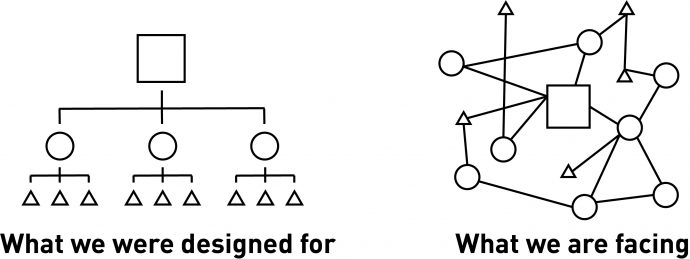
Source: Team of Teams. McChrystal. 2015.
Design Thinking: not just for designers anymore
David Kelley, founder of international design firm IDEO, is widely regarded as one of the pioneers of Design Thinking. Kelley and his brother Tom, authors of the book “Creative Confidence: Unleashing the Creative Potential in Us All” make a convincing case that the creative mindset required for innovation is not limited to “creative types.” They describe a “human-centered designer’s toolkit” that contains five elements for facilitating a Design Thinking process. They include:
- Empathize. It is never enough to give lip service to contrasting viewpoints. The design mindset examines those views, the reasoning behind them and considers their validity for defining the problem to be overcome.
- Define. This is no place for vague ideas. The innovation model must be clearly defined along with its purpose and measurement of its effectiveness.
- Ideate. This word “to imagine, conceive or form an idea or image” was associated with the philosophies of Plato, but it has found a place in modern Design Thinking through discussions that foster creative idea generation.
- Prototype. This tool goes beyond the theoretical. It is a version of the product or approach to be reviewed by a team then altered or modified to achieve the desired solutions.
- Test. The item, product, approach, etc., is tested through an “iterative process” to evaluate and measure if it effectively fulfills the goals envisioned in the earlier steps. The Interactive Design Foundation states that among the purposes of the testing phase are “to redefine one or more problems and inform the understanding of users…”
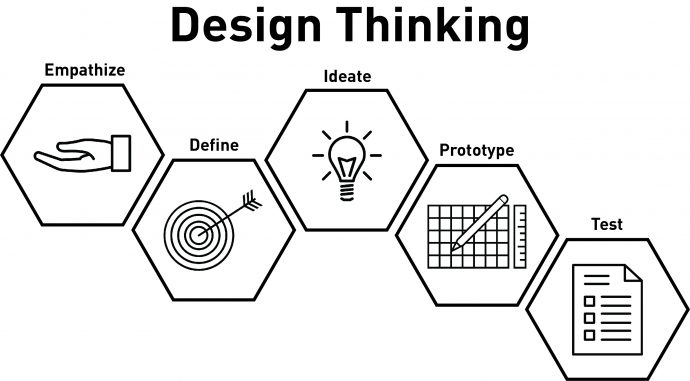
Source: Rolf Hapel, director of citizens’ services and libraries, Aarhus, Denmark
One element not in the toolbox but worthy of inclusion is agility. When it comes to the workplace, an agile environment is one in which work is not concentrated in one office setting but rather where workers have a variety of different spaces where they can perform their functions. Agility is all about human behavior and people’s ability to respond to the changing nature of work. An agile workplace is one that supports a wide variety of work modes: focus, collaboration, learning, socializing, respite, rejuvenation, and nourishment. The agile workplace enhances employee engagement and enables users to decide and co-create a work experience away from the traditional office. Such environs encourage feedback loops for thought sharing and suggestions for improvement that can have innovative outcomes.
Another outcome of an agile work environment is increased opportunities for brainstorming. This process enables participants to ask questions first before going after solutions. In his April 2018 Harvard Business Review article “Better Brainstorming,” Hal Gregerson argues that better questioning is more conducive to problem-solving and subsequent innovation. He describes a technique called the “question burst,” which places an emphasis on brainstorming questions instead of solutions. He cites Amazon, Zappos, Tesla, and Pixar as successful examples of this approach as employees are “encouraged to value creative friction in everyday work.”
Design Thinking: A pathway and a journey
Contrary to what some might believe, Design Thinking is not a Wild West scenario devoid of rules. Despite the workplace freedoms associated with it, Design Thinking does not eliminate the need for clearly defined corporate governance. It does, however, require executives and managers to be aware of and be sensitive to work environments that may stifle innovation. When leaders are committed to creating an open and safe environment that allows for the free flow of ideas, they minimize fear of failure and provide a platform for encouraging diverse teams to problem solve effectively.
Design Thinking is ironic in that it’s both pathway and journey to innovation. It is the pathway for leveraging workforce creativity by challenging a linear status quo. Design Thinking breaks down silos because it requires flexibility, input and a variety of disciplines in order to benefit the organization. It is forward leaning, relying less on what worked in the past and more on what might work in the future. The goal is to create a workplace and environment for developing processes associated with a culture of innovation. It is also a journey because Design Thinking is a constant that corporations must take if they expect to remain viable, creative and growth-oriented.
The agile workplace that drives Design Thinking helps create connections, familiarity, and trust. With a trust-based culture that incorporates testing, piloting and risk-taking, it is more likely that leadership and employees will be able to do their best work and keep their organizations viable for years to come.
Originally published in Work Design Magazine.
Content Type
Published Articles
Date
May 30, 2018
Market
Practice
Topic
Design Thinking

